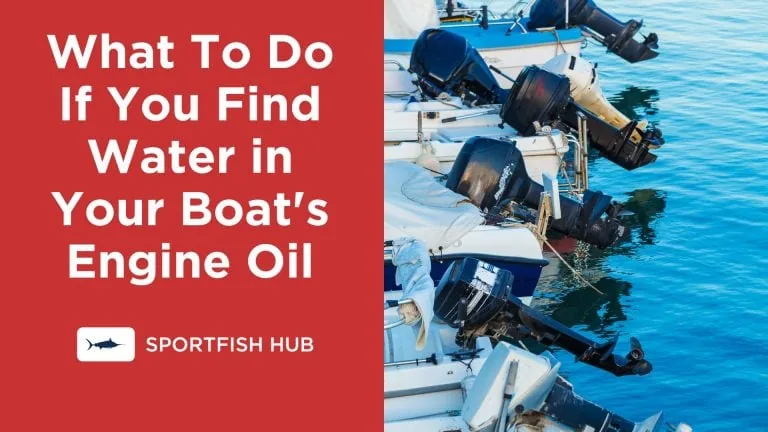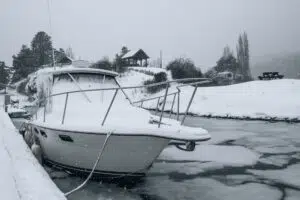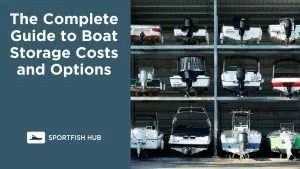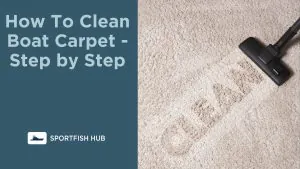Discovering water or a milky-like substance in your boat’s engine oil can be devastating. However, with some investigation and quick action, major engine damage can still be prevented.
Here are some steps to take if you notice water in the oil:
Diagnose the Problem
- Check the oil level on the dipstick. Is it overfull? This could indicate water ingress.
- Does the oil look milky or have yellowish-brown globs? This points to a more serious water contamination issue.
- Do a compression test on all cylinders. Low compression could mean water has reached the combustion chambers.
- Check if the engine temperature gauge is working. A faulty gauge could allow overcooling and water condensation in the oil.
Identify the Source
- Look for external leaks near gaskets, hoses, the oil cooler, exhaust manifold.
- If no external leaks, the problem is likely internal. Head gaskets, intake manifold gaskets, cracked engine block or heads are possible sources.
- Risers and elbows on inboard engines are also suspects.
You might also be interested in reading our article: Milky Lower Unit Oil.
Take Action
- Change the engine oil immediately to drain contaminated oil. Consider using a flushing oil.
- If boat has been out in very cold water, condensed water in oil may burn off after engine is warmed up.
- For small amounts of water, running the engine may help evaporate the moisture if compression is good.
- Significant water will require tear-down to find and fix the underlying issue.
| Amount of Water | Action |
|---|---|
| Trace/Discoloration | Change oil, run engine to warm up and burn off |
| 1⁄2 cup or less | Oil change, run cautiously w/ close monitoring |
| Large globs, overfull | Do not run engine. Major work likely needed |
You might also be interested in reading: How often should you check the engine oil level in a boat?
Tips and Tricks:
Tips:
- Keep a repair kit on board for gaskets, clamps, seals to do quick fixes of minor leaks.
- Use fuel additives like ethanol treatment to help prevent corrosion of engine parts.
- Allow engine to warm up gradually and cool down before shutting off to avoid thermal shocks.
Tricks:
- Use a borescope camera to inspect inside of cylinders for rust or scale buildup.
- Pressure test cooling system to check for leaks.
- Use a degreaser like Simple Green to clean oil residue and find source of leaks.
Prevention Tips
- Maintain proper engine temperature. Check your thermostats.
- Replace worn gaskets and seals promptly.
- Watch for leaks in the coolant system.
- Service the engine regularly.
Conclusion
Catching water ingress early and taking appropriate steps can potentially avoid major engine damage. Be vigilant about checking fluid levels and condition. With care and preventive maintenance, you can continue enjoying trouble-free boating all season long.
FAQ
-
Can I still run my engine if I have low compression in one cylinder?
Not recommended. Low compression indicates water has reached combustion chamber and will quickly damage other areas.
-
Can I use stop-leak additives to fix coolant leaks?
No, these can clog coolant passages and cause overheating. Properly repair the source of any leaks.











